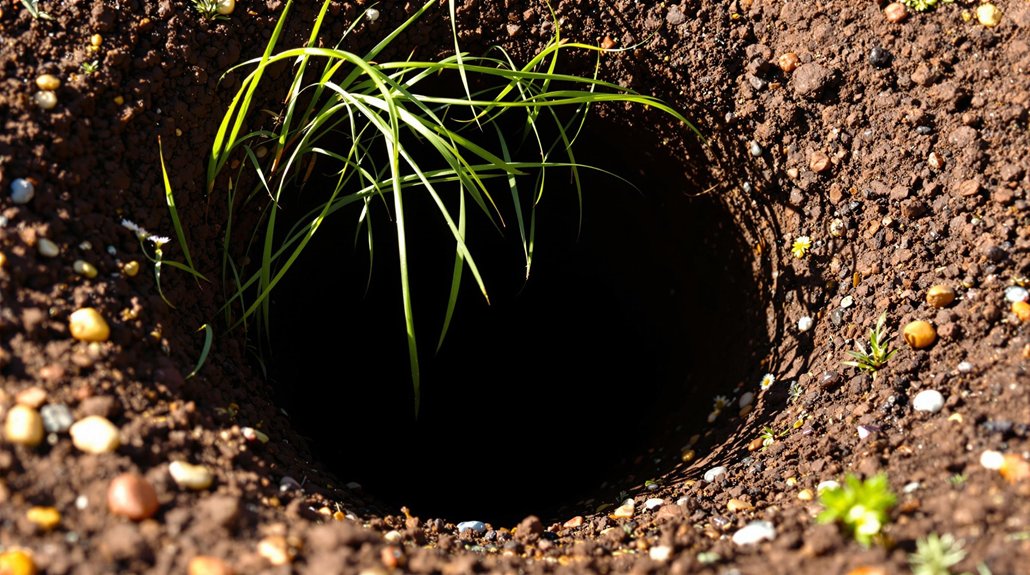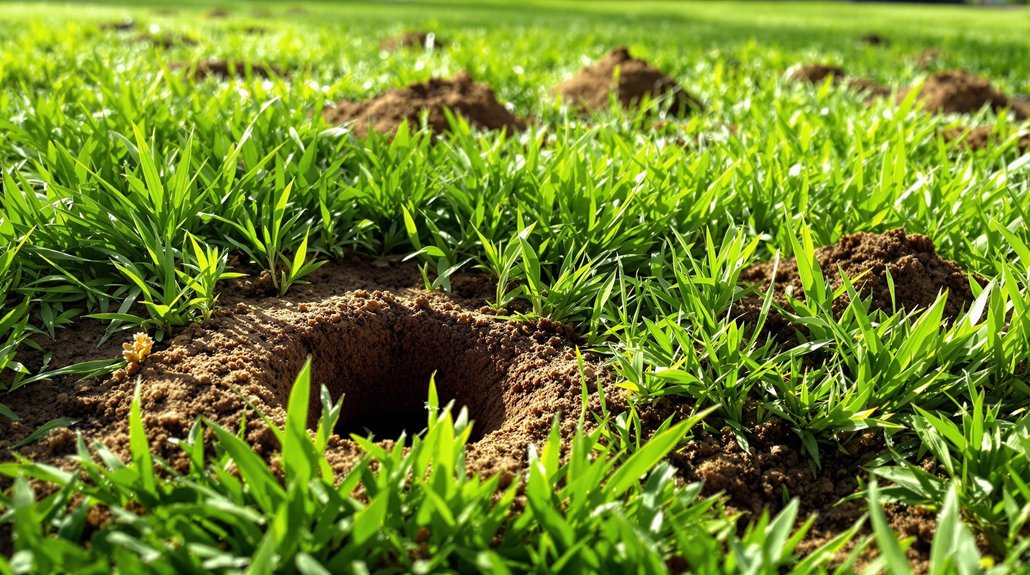


How Do You Find the Main Mole Tunnel?
To find the main mole tunnel, start by observing surface signs like fresh soil mounds and disturbed areas. These signs indicate recent digging activity and help pinpoint tunnel locations. Main tunnels typically lie 6 to 12 inches deep and are wider than secondary...
Why Do I Suddenly Have Moles in My Yard?
Sudden appearances of moles in your yard are usually due to factors like food scarcity or changes in their natural habitats. Moles are attracted to moist, healthy soil that supports their food sources, mainly insects and grubs. Seasonal shifts can also drive them to...
Will Moles Eventually Leave My Yard?
Moles may eventually leave your yard, but this depends on several factors. Their presence is closely tied to the availability of food, such as earthworms and grubs. If your yard becomes less appealing, they could seek better sources elsewhere. Moles are territorial...
What Time of Day Are Moles Most Active?
Moles are primarily active during the early morning and late afternoon. They tend to forage just after sunrise and begin tunneling at sunset. This behavior helps them avoid predators while searching for food, such as insects and worms. Moles are nocturnal creatures,...
